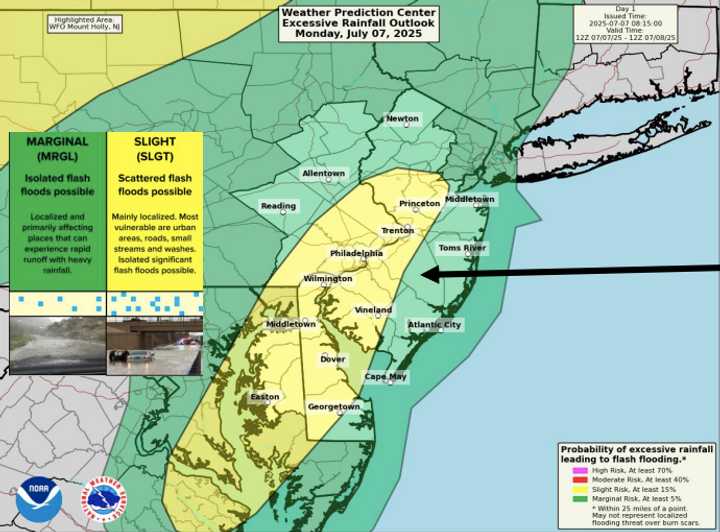Student Loan Defaults Loom For Millions As Trump Administration Resumes Debt Collections
Economists believe that since the Trump administration resumed debt collections, millions of federal student loan borrowers are just weeks away from default as significant delinquencies rise to all-time highs.
The caps of five graduates are raised in the air.
According to a new TransUnion study released Tuesday, June 24, 31% of federal debtors who had a payment due in April were at least 90 days over due. That is the highest rate ever recorded and almost three times the pre-pandemic rate of 11.7%.
Although only 0.3% of borrowers had fallen behind by April, many are in danger of doing so, with roughly 5.8 million borrowers now past 90 days. Borrowers risk having their salaries garnished and their government benefits taken after they are officially in default, which occurs when they are 270 days past due.
According to TransUnion, there will be about 1.8 million defaults in July, one million in August, and two million more in September.
According to Michele Raneri, vice president of TransUnion and head of U.S. research and consulting, “we continue to see more and more federal student loan borrowers being reported as the 90+ days delinquent, making a larger number of consumers vulnerable to entering default and the start of collections activities.” However, given the very slight growth from March 2025 to April 2025, it’s plausible that the numbers are nearing their high. In the upcoming weeks and months, we’ll keep examining the statistics to determine if that holds true.
Already, credit scores are suffering greatly. According to TransUnion, the average score decline for delinquent borrowers was 60 points.
Two or more risk levels were dropped by some super prime borrowers.
According to Joshua Turnbull, senior vice president and head of consumer lending at TransUnion, “this highlights the fact that student loan borrowers of any credit risk tier can find themselves falling behind in their payments and at risk for default, even during a time in which we’ve seen most consumers are managing their debt relatively well.” “It’s important that lenders stay abreast of the true risk of the borrowers in their portfolio through the implementation of student loan-specific insights into regular portfolio reviews.”
In March, the Federal Reserve Bank of New York issued a warning that late payments might result in a 171-point drop in credit scores. The Pew Research Center warned in May of an imminent “default cliff,” endangering the investments made by taxpayers and the finances of borrowers.
At-risk borrowers should get in touch with their loan servicers right now to inquire about relief options, according to TransUnion.
“Options may include income-driven repayment or other payment plans specific to their situation,” Raneri stated. “There are also loan rehabilitation programs that may allow those who do default to get out of default status.”
Officially, collections started up again on Monday, May 5. Thirty-day warning letters were given to roughly 195,000 borrowers.
As of early May, according to the Department of Education, only 38% of borrowers were making their payments on time.












